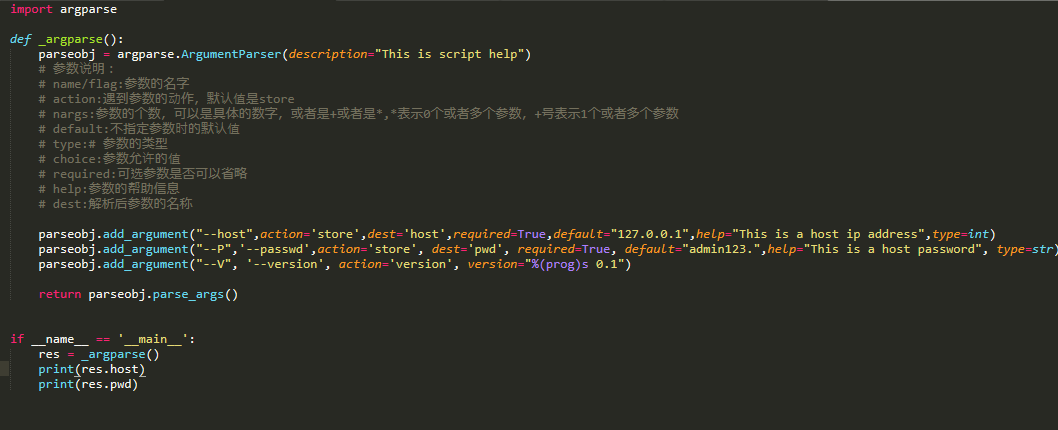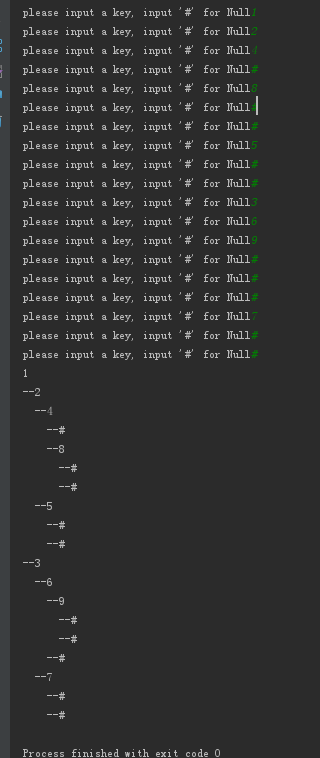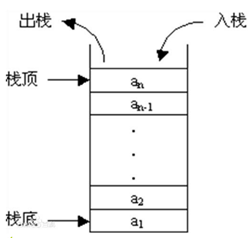Python中datetime常用时间处理方法
常用时间转换及处理函数:
import datetime
# 获取当前时间
d1 = datetime.datetime.now()
print d1
# 当前时间加上半小时
d2 = d1 + datetime.timedelta(hours=0.5)
print d2
# 格式化字符串输出
d3 = d2.strftime('%Y-%m-%d %H:%M:%S')
print d3
# 将字符串转化为时间类型
d4 = datetime.datetime.strptime(date,'%Y-%m-%d %H:%M:%S.%f')
print d4
获取本周和本月第一天的日期:
# -*- coding:utf-8 -*- import datetime def first_day_of_month(): ''' 获取本月第一天 :return: ''' # now_date = datetime.datetime.now() # return (now_date + datetime.timedelta(days=-now_date.day + 1)).replace(hour=0, minute=0, second=0, # microsecond=0) return datetime.date.today() - datetime.timedelta(days=datetime.datetime.now().day - 1) def first_day_of_week(): ''' 获取本周第一天 :return: ''' return datetime.date.today() - datetime.timedelta(days=datetime.date.today().weekday()) if __name__ == "__main__": this_week = first_day_of_week() last_week = this_week - datetime.timedelta(days=7) this_month = first_day_of_month() last_month = this_month - datetime.timedelta(days=(this_month - datetime.timedelta(days=1)).day) print this_week print last_week print this_month print last_month
#! /usr/bin/python
# coding=utf-8
import datetime
"""
datetime的功能强大
能支持0001年到9999年
"""
"""
当前时间
返回的是一个datetime类型
now方法有个参数tz,设置时区类型。如果没有和方法today的效果一样
"""
now = datetime.datetime.now()
#UTC时间
datetime.datetime.utcnow()
attrs = [
("year","年"),('month',"月"),("day","日"),('hour',"小时"),( 'minute',"分"),( 'second',"秒"),( 'microsecond',"毫秒"),(
'min',"最小"),( 'max',"最大"),
]
for k,v in attrs:
"now.%s = %s #%s" % (k,getattr(now, k),v)
"""
返回一个time结构
"""
now.timetuple()
"""
返回一个date类型
"""
now.date()
"""
返回一个time类型
"""
now.time()
"""
当前星期几。星期一是0,星期于是6
注意这里是方法,不是属性哦。
"""
now.weekday()
"""
当前星期几。星期一是1,星期于是7
注意这里是方法,不是属性哦。
"""
now.isoweekday()
"""
修改当前时间。比如修改成当月1号
"""
now.replace(day=1)
past = datetime.datetime(2010,11,12,13,14,15,16)
"""
进行比较运算
返回的是timedelta类型
"""
now-past
"""
转成字符串
详细规则见Time篇
"""
strdatetime = now.strftime("%Y-%m-%d %H:%M:%S")
"""
字符串生成datetime对象
"""
datetime.datetime.strptime(strdatetime, "%Y-%m-%d %H:%M:%S")
以上所述就是本文的全部内容了,希望大家能够喜欢。


